I used a poem I wrote as a MidJourney promptThe path of shadows, confined by obstacles, unveils the blindness within. A stark contrast, a wholeness of luminous possibility, breathing in big bangs one after another. Moths flit, weaving lunar rays in tangled designs, while photonic plows roll the dice onto the earth below.The present fades into the past, a prophecy inscribed by moonlight, in water droplets on blades of grass.
The following sequence is the work of Lily Gostinger, a student in 2D Design, SVSU.edu FA 2022. The assignment is to suggest spatial depth on the picture plane by utilizing a combination the following spatial cues: overlapping objects, overlapping planes of space, scale, detail, position, number, topographical transparency as atmospheric perspective, Greek column fluting, and contrast. I'm posting this because this student demonstrated the ability to continually iterate, make mistakes, receive feedback, and reiterate. I gave feedback during each phase. If there was more time on the assignment we would have continued the process.
In 2018, while visiting China, I captured a series of photographs, and this particular one is part of that collection. It is a panoramic view taken while traveling on a high-speed train from Shenyang to Beijing. I find it fascinating how the camera's "brain" is attempting to process the fast-moving scenery outside, which contrasts with the slow-moving rain droplets trickling down the window.
The picture shows how the two boundaries of a single property have been joined together to create the impression that they belong to neighboring houses. The spaces at the border have become the focal point, implying what kind of neighbor this household would be to itself. As a result, the exterior perimeter has now become the defining feature of the interior space.
I'm interested in midwest suburban lawns and property boundaries. There seems to be a standard language of visual connective tissues between properties. So standard are the conventions of this vocabulary that I can take images of almost any two properties (even at significantly different eye levels) and splice them together with very little disruption. I know that most of these lawns are cookie-cutter concepts, but I have recently become more aware of the non-verbal, territorial-marking languages that occur at the borders.
Gustav Fechner (1801-1887), physicist and early psychologist, set out to prove that plants have souls; he couldn't. I was reflecting on Fechner's idea, as of late, in relation to my new beekeeping hobby. I allowed myself to imagine, just for a little while, that bees were like sweet (pun intended) little vampires that fly around sucking the souls out of flowers. To me the above image is a poetic utterance, a glorious pool of regurgitated flower souls.
So here are some typical transitions between lawns in my suburban neighborhood. I think it is interesting that we are all so accepting of the very ugly cable and telephone service boxes that are on borders.
There are several factors that differentiate my digital and analog works. The digital works rely more on concepts of space generated by gradients, light conditions, and perspective. The paintings, by contrast, are generally flatter and materially intensive. Make a painting that has both the photographic thin modulation contrasting the intense materiality
|
Archives
July 2023
Categories |
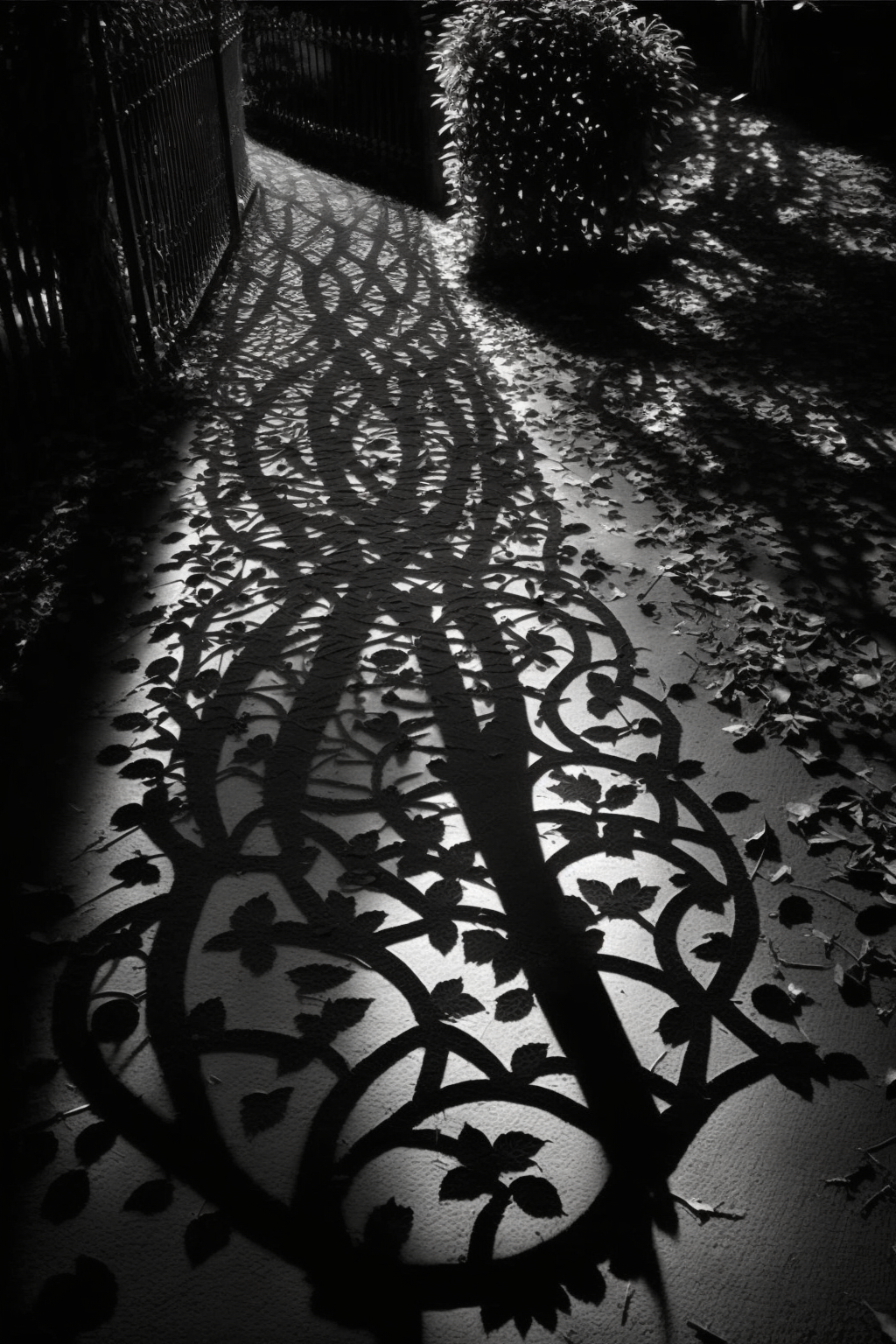
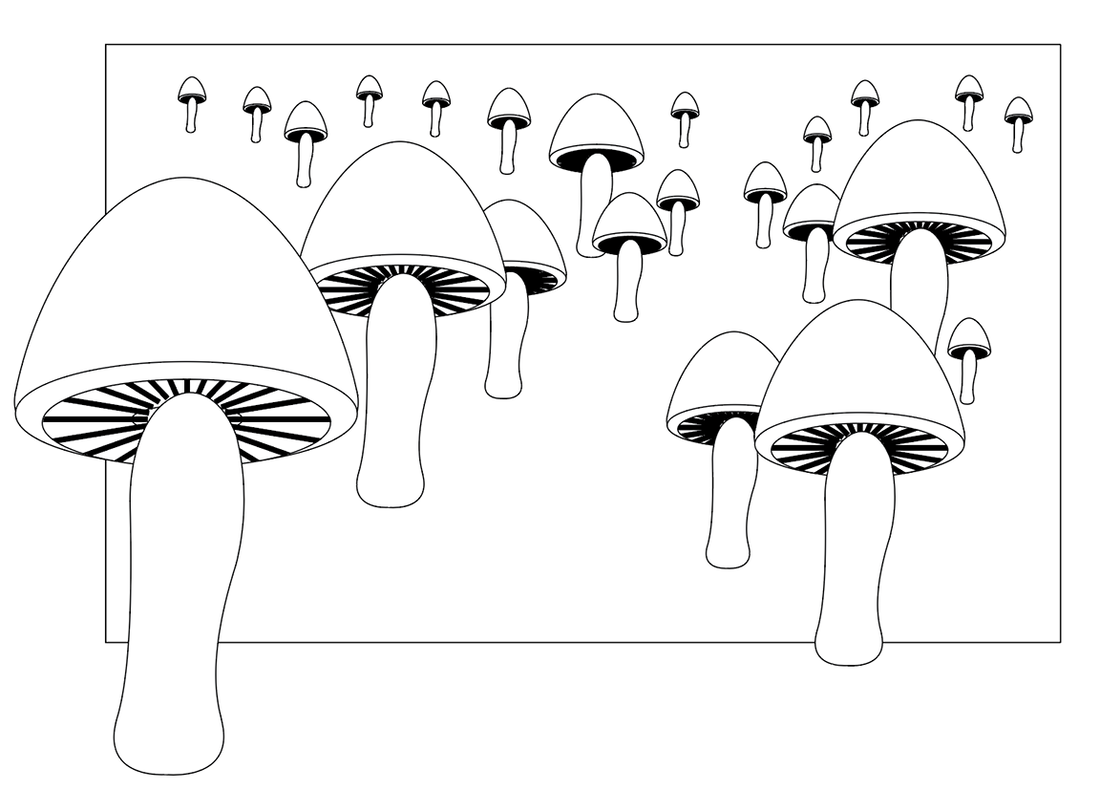
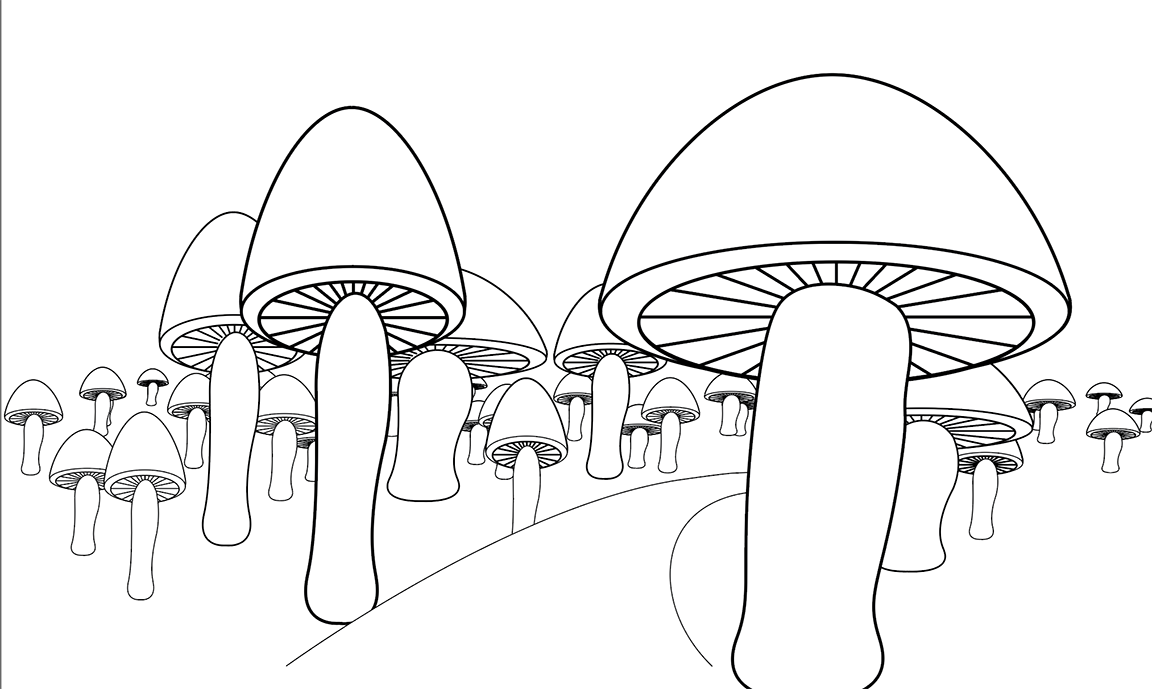
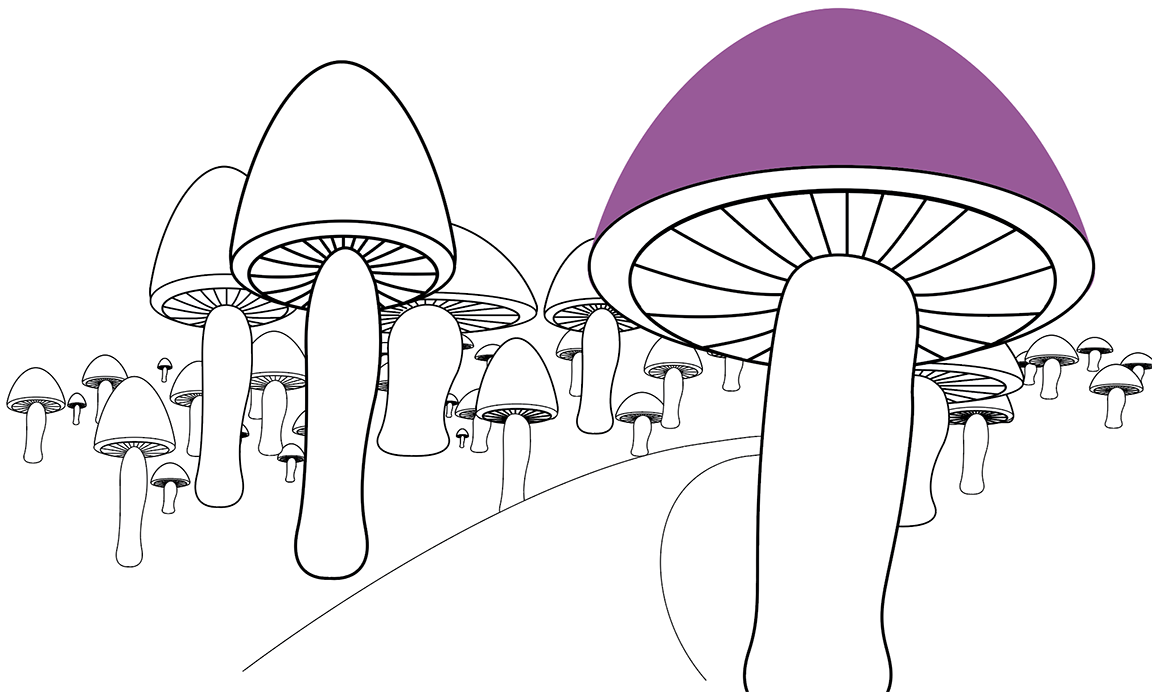
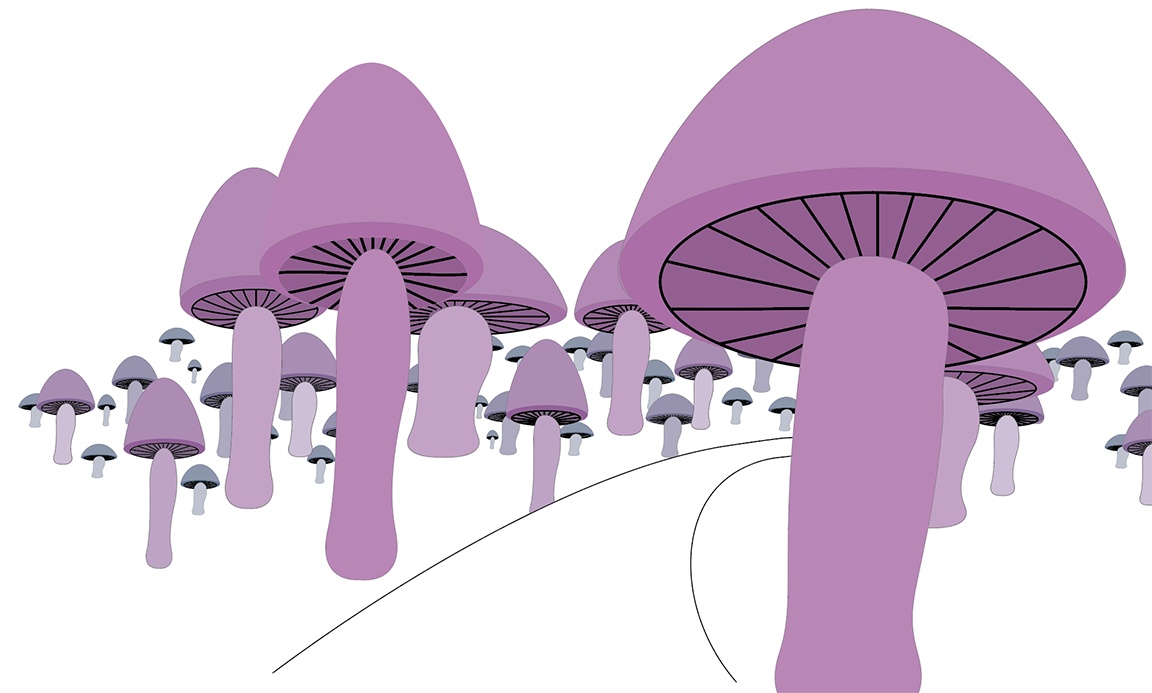
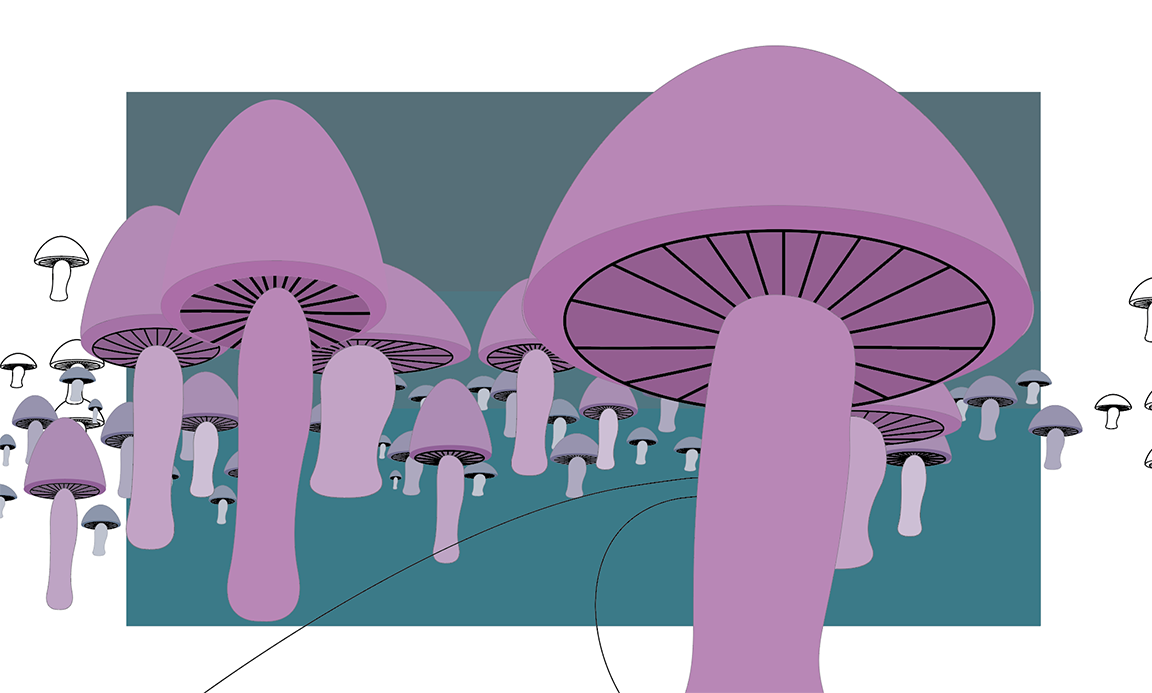
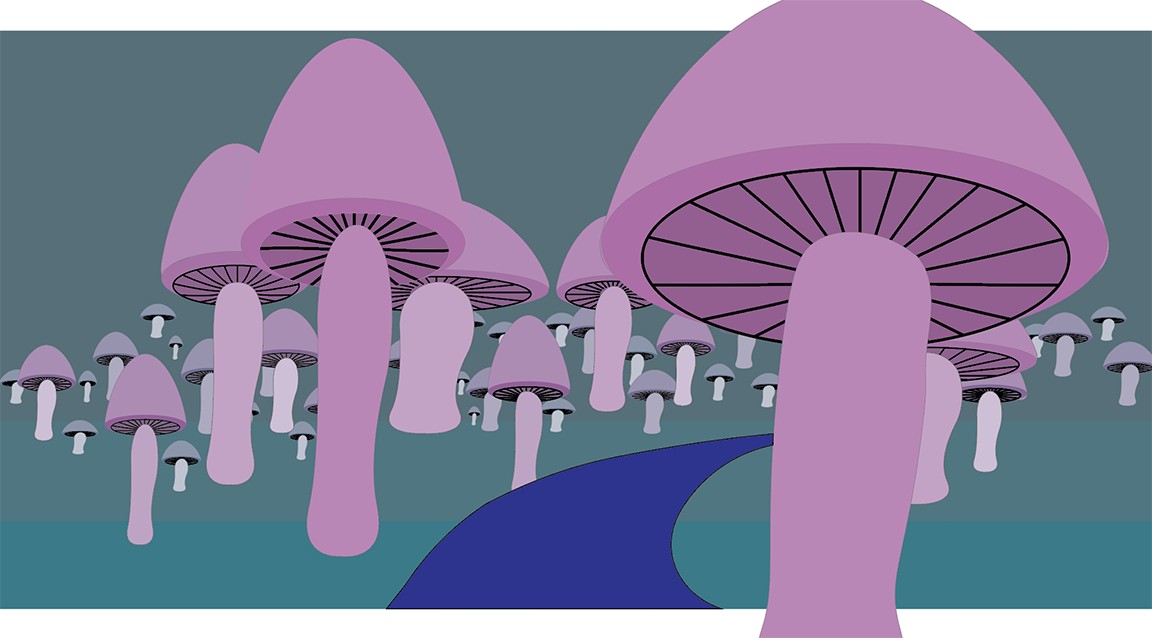

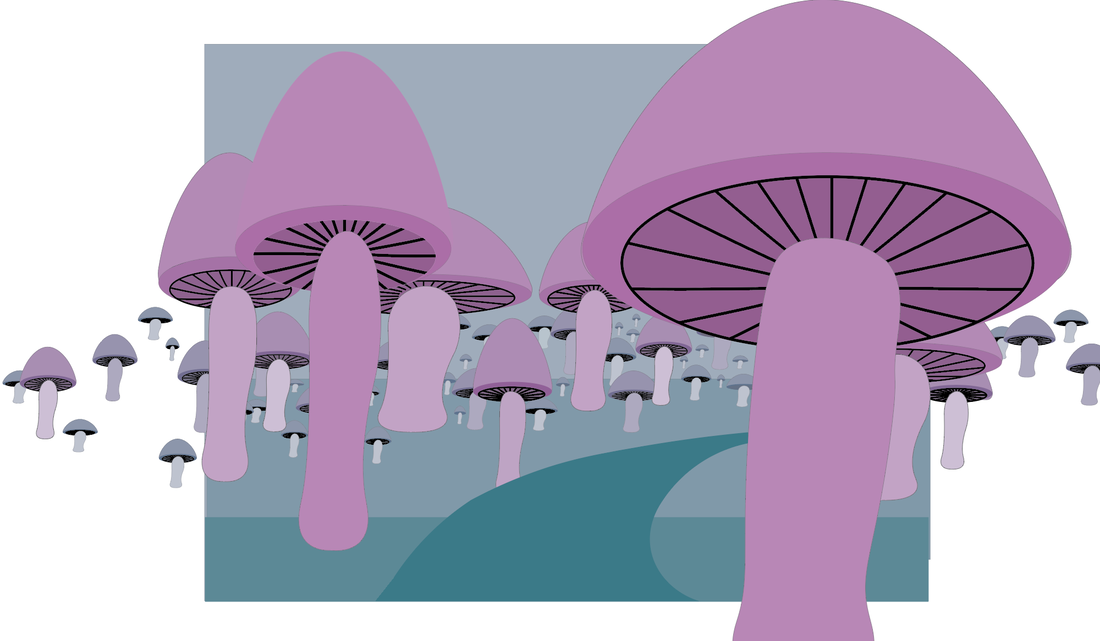
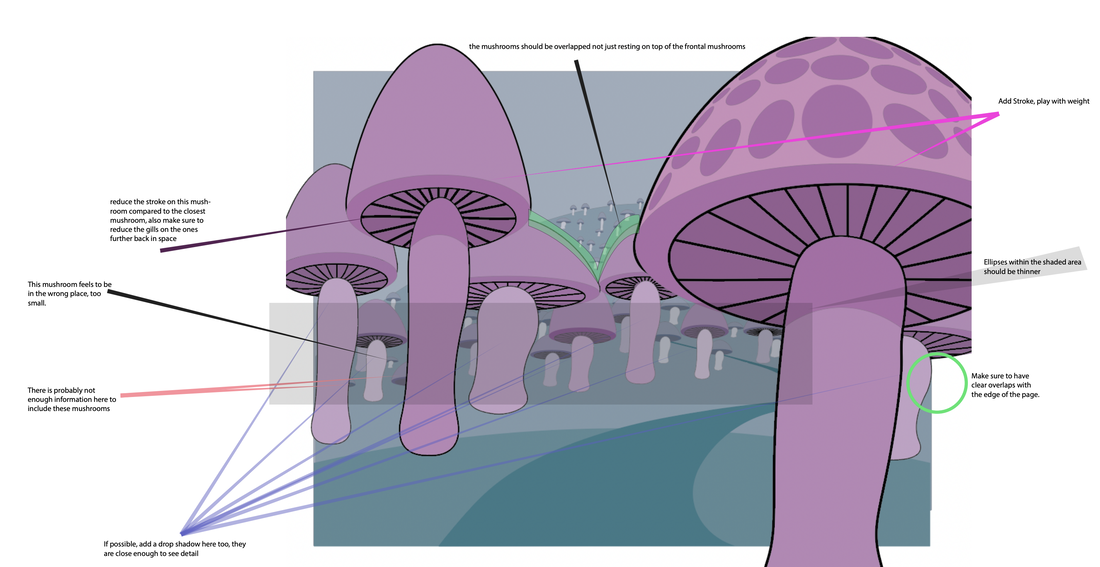
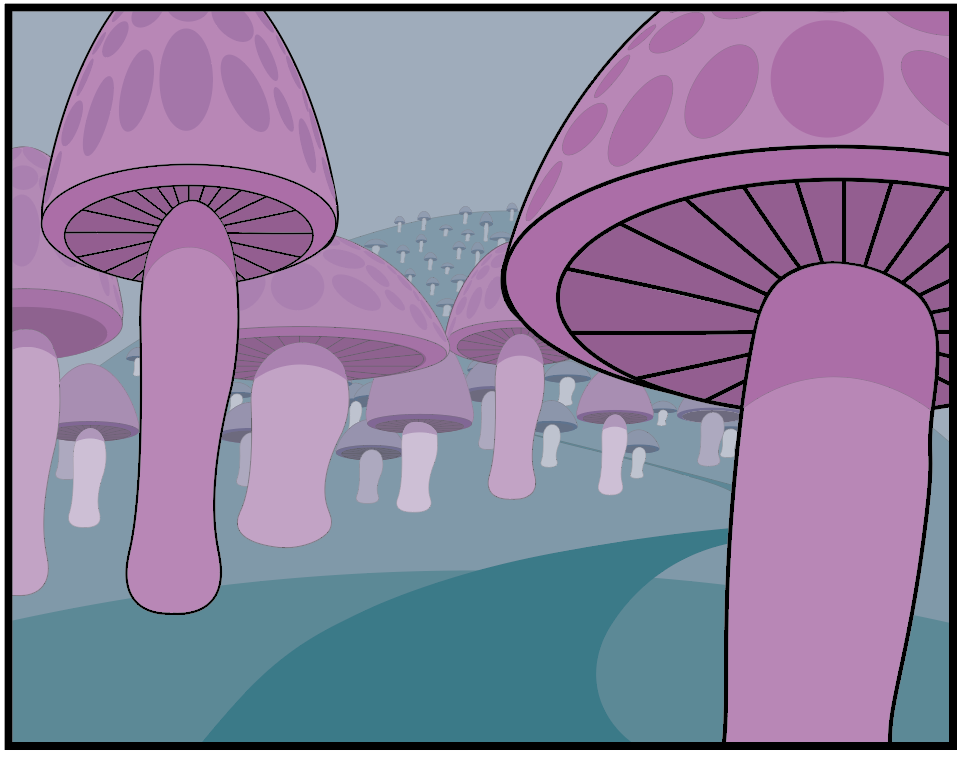
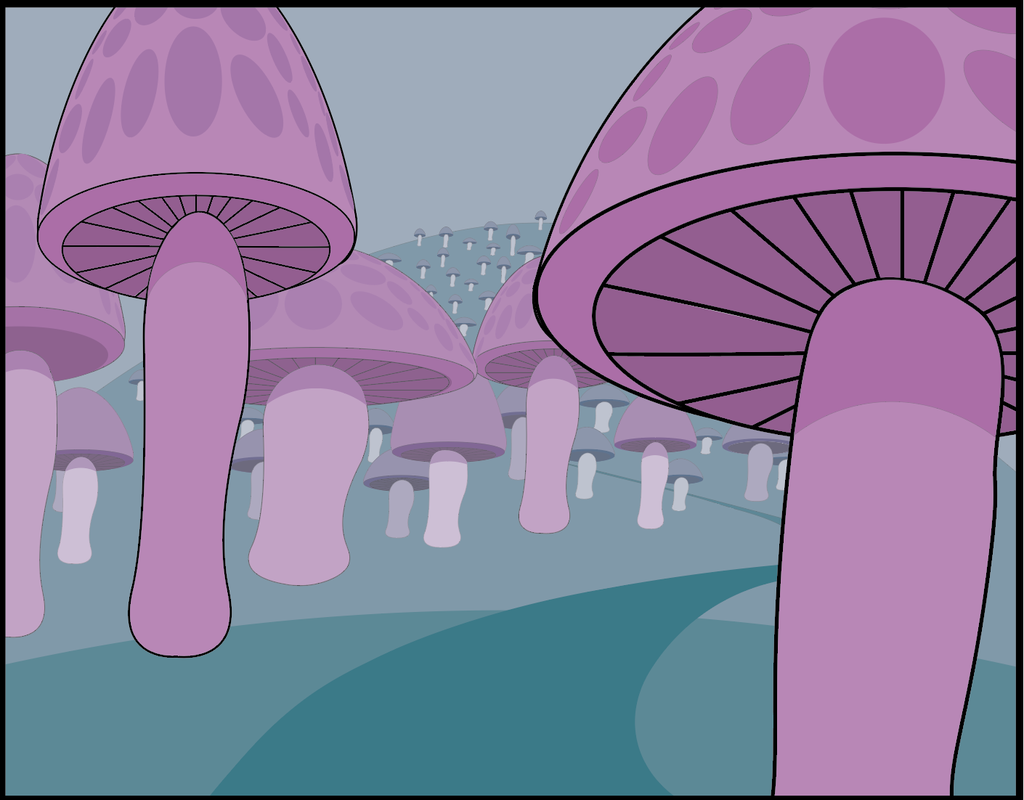
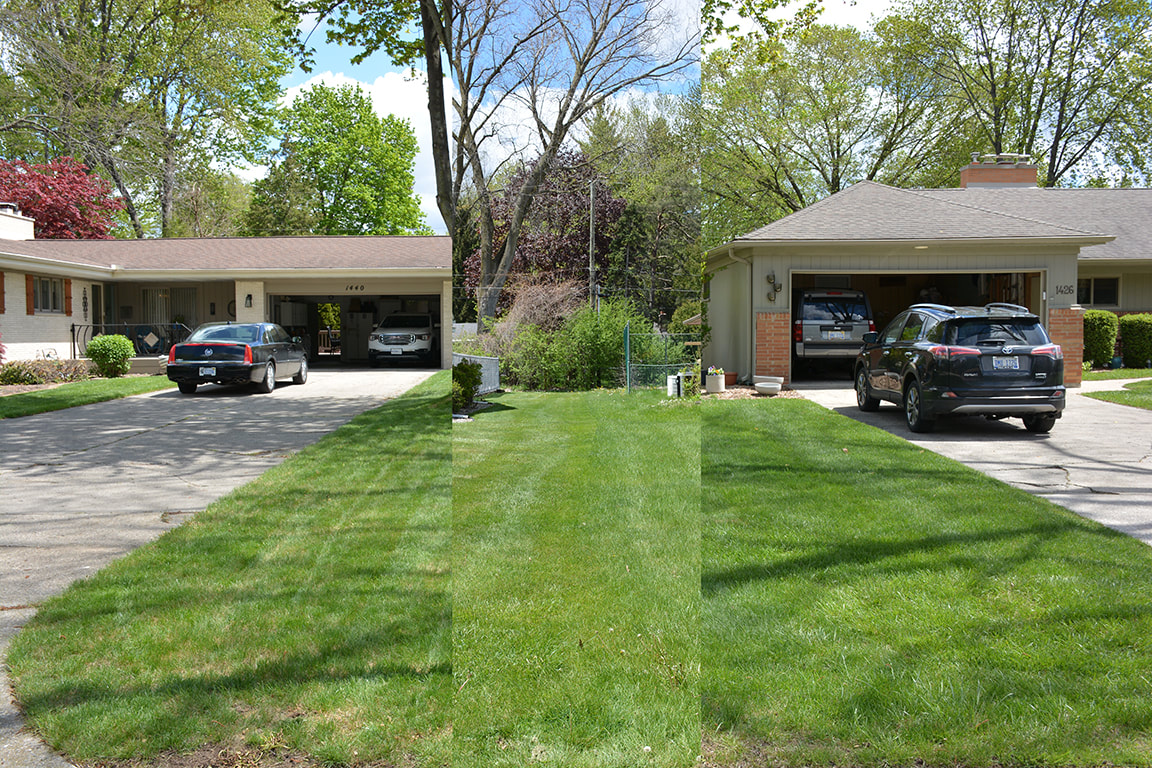










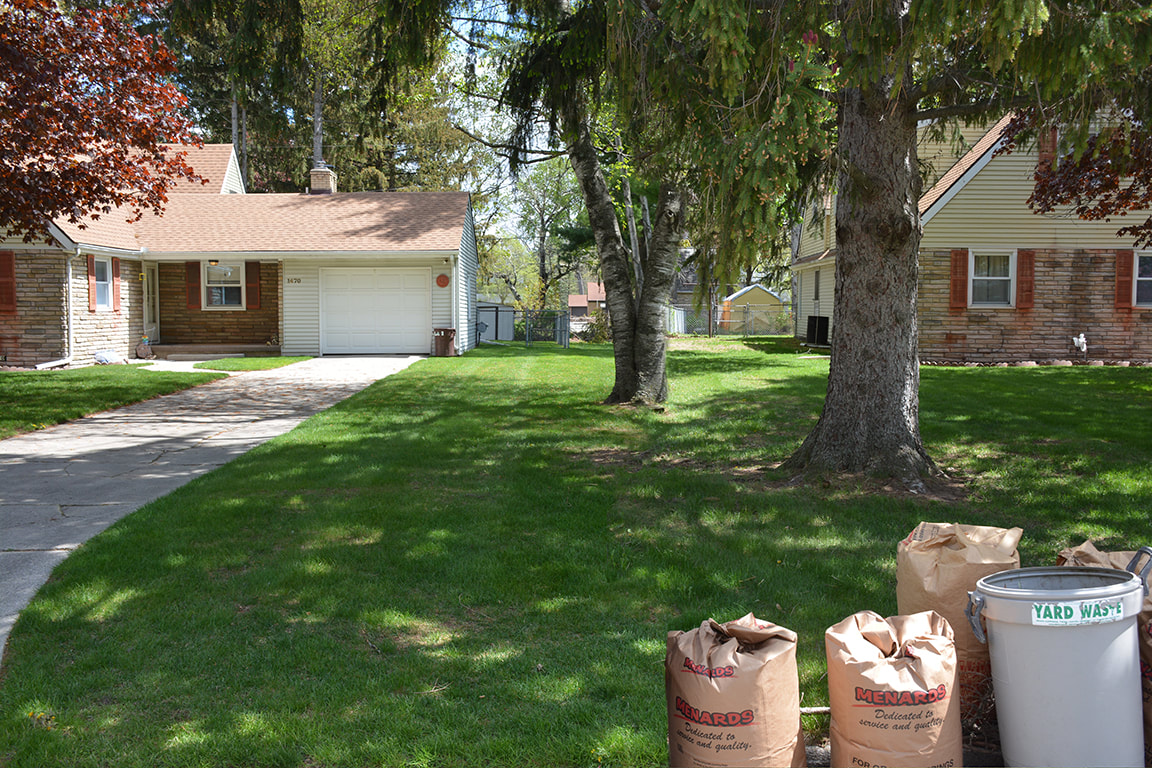
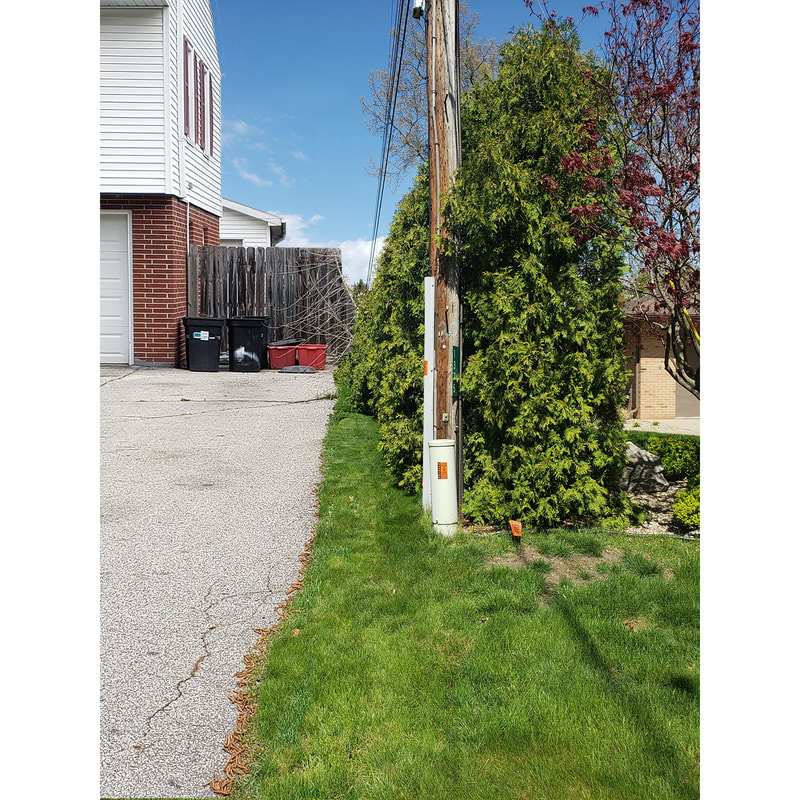
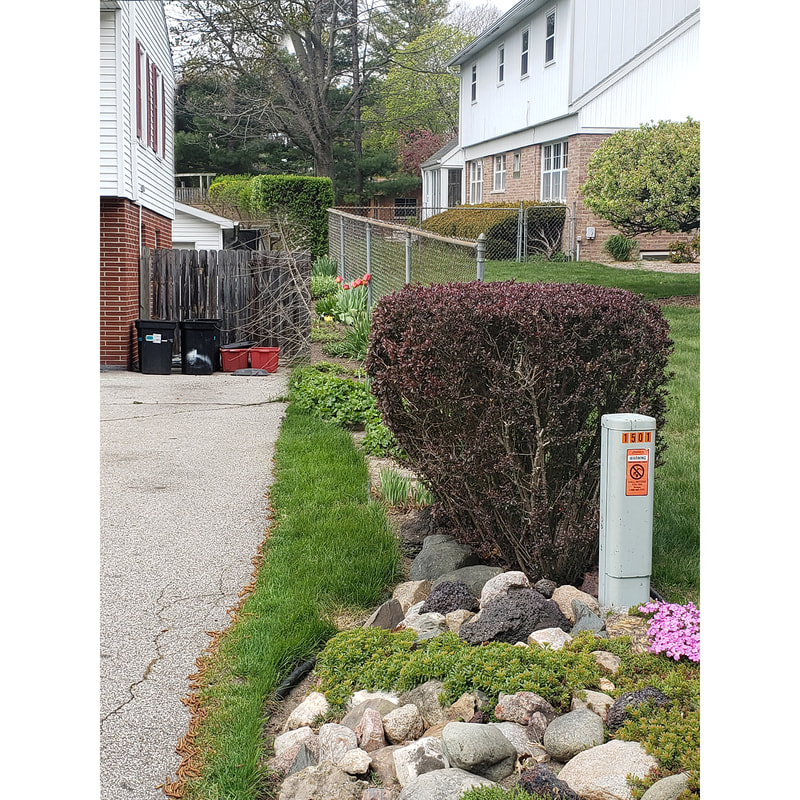
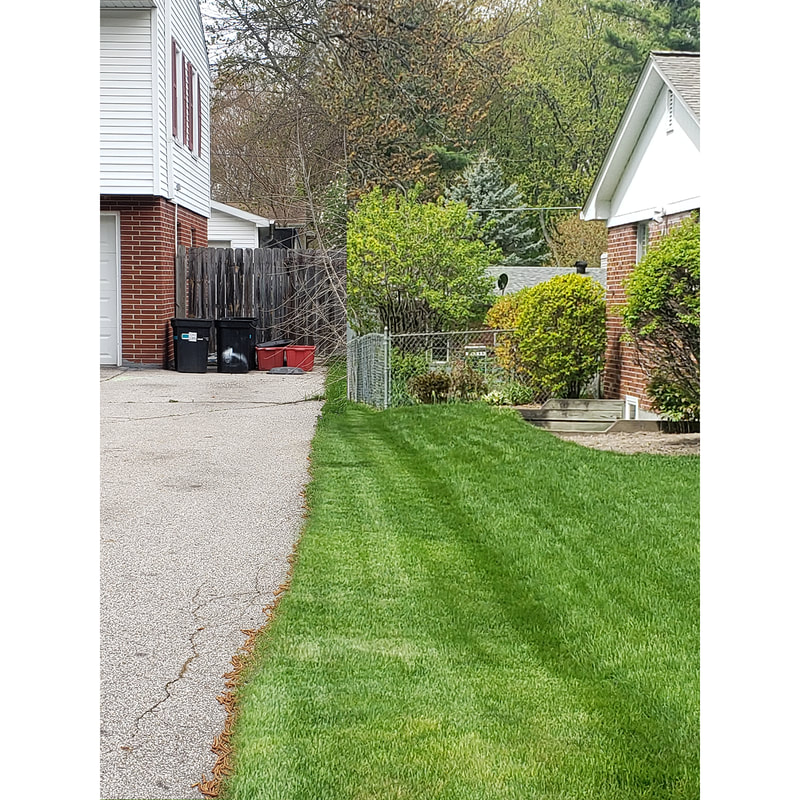


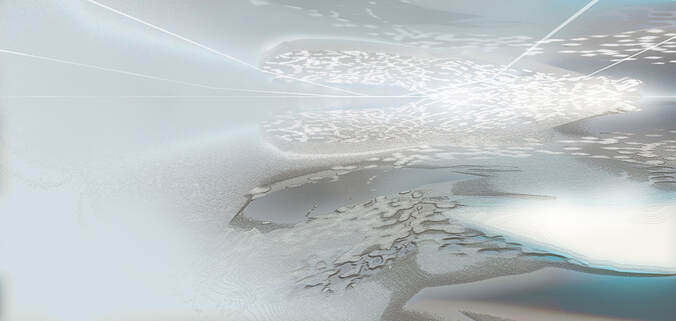
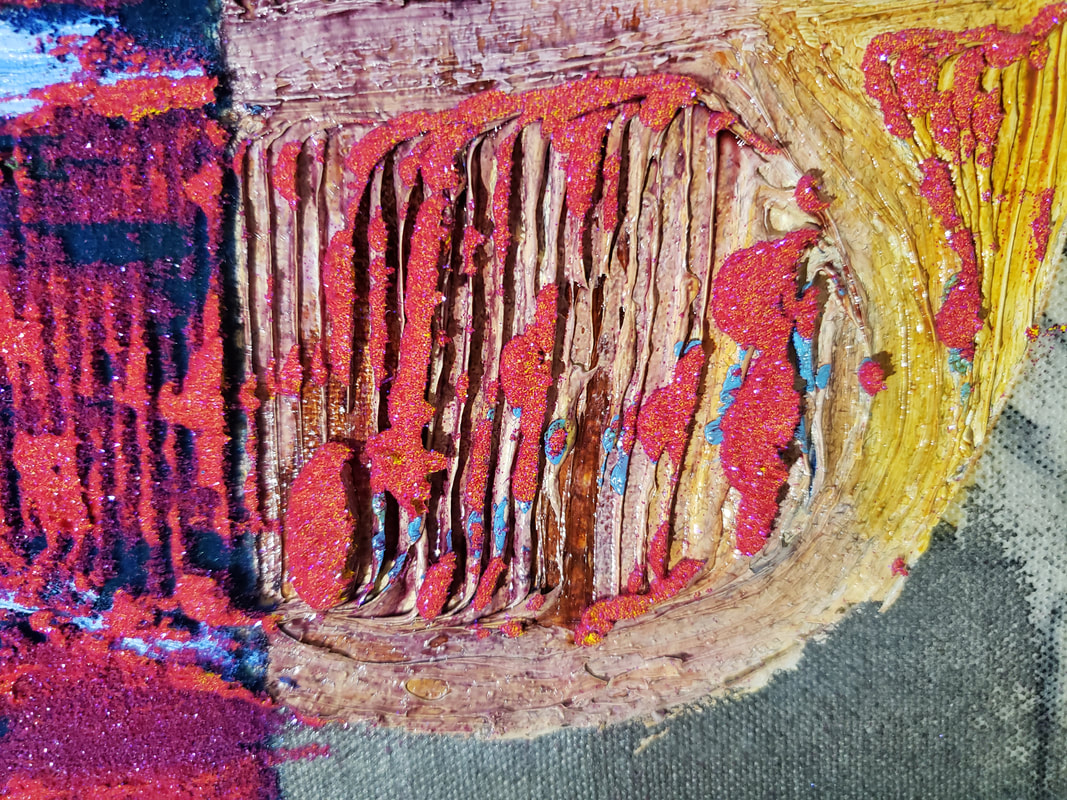
 RSS Feed
RSS Feed